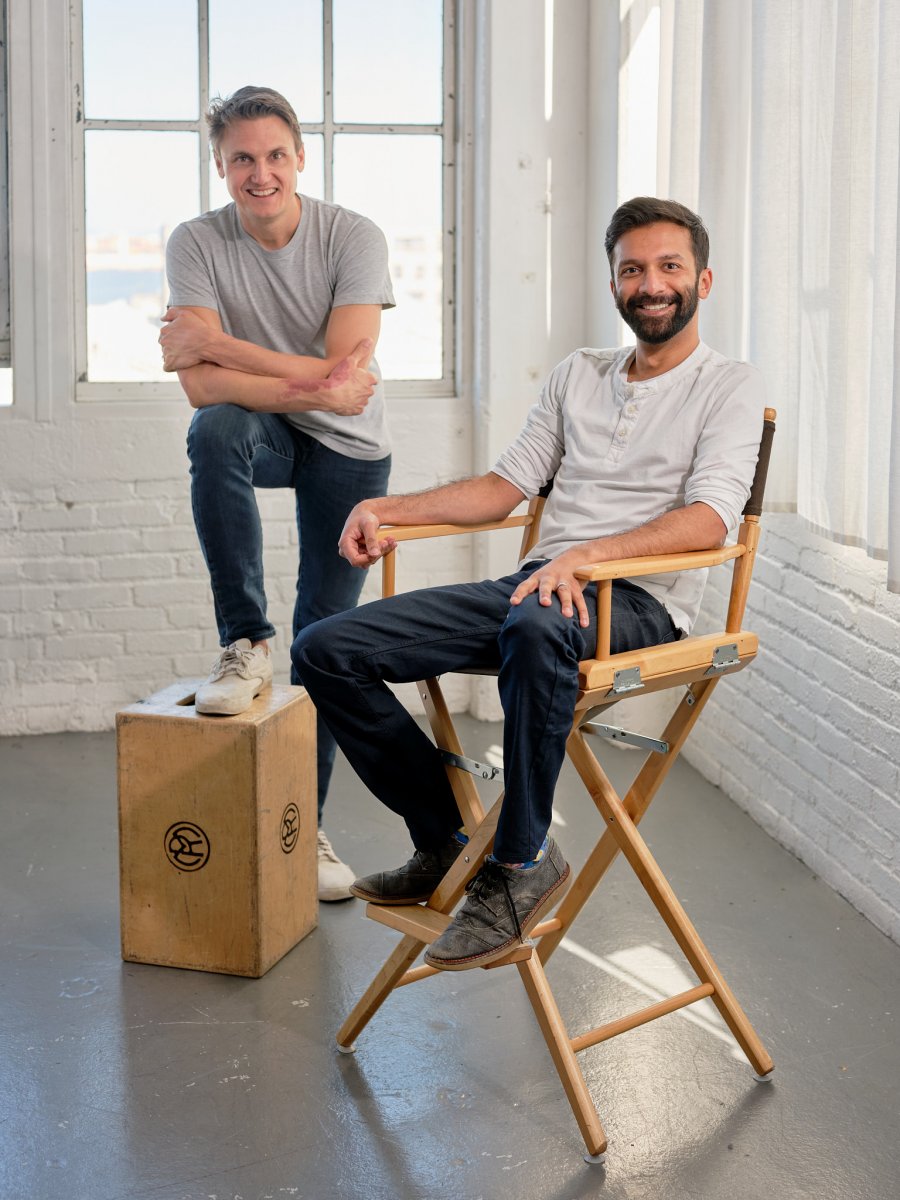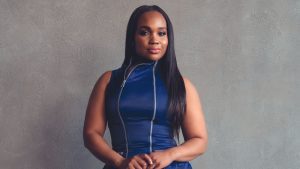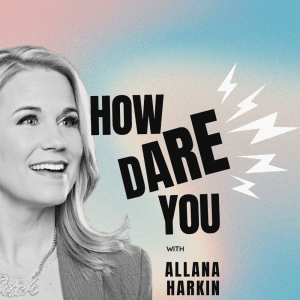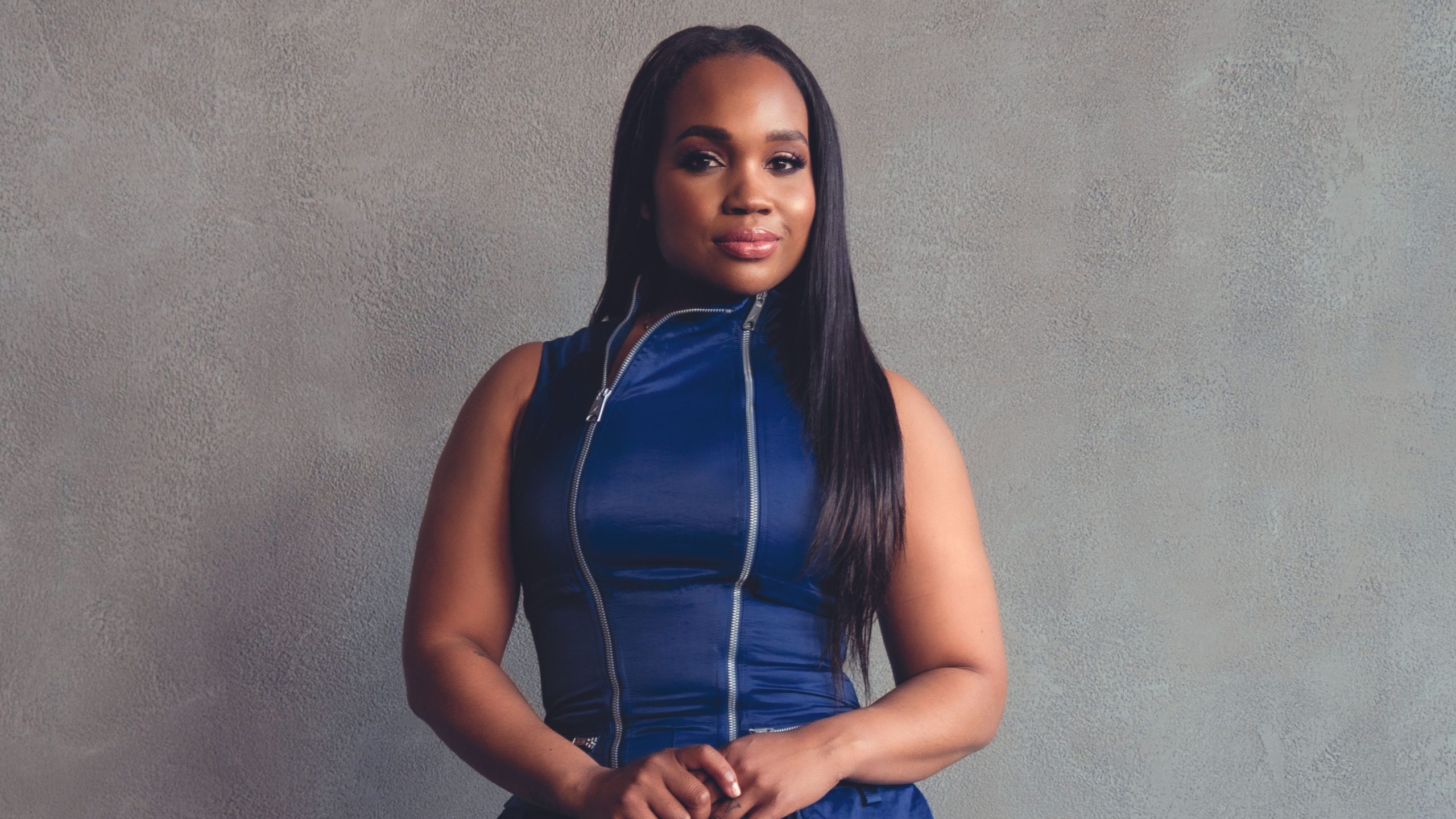[vc_row][vc_column][vc_column_text]In April of 2020, Rohan Seth and Paul Davison launched the audio-based app, Clubhouse. The platform was created for individuals looking to tell stories and create new friendships through a series of chatrooms. Currently, the social networking app is being used by those wishing to engage in collisions of conversations across the board. Our Editor-In-Chief, Lance Chung, sat down with the platform’s co-creators to gauge their thoughts on how to scale start-ups and the future of social platforms.
Below are a handful of takeaways discussed by Seth and Davison in our latest podcast episode. Throughout, they offer insight into how they managed to take their once-small platform and transform it into a titan of social media.
Build what you believe
This consideration of building something they could stand behind proved integral when Seth and Davison first co-founded the platform. They wanted to choose something they’d both enjoy. For the Clubhouse co-creators, this was an easy decision. “I’d [previously] built an audio social app and Paul is an avid listener of podcasts […] audio is inherently social,” says Seth. “Audio [offers] a more human way to communicate, lets you multitask, and it creates time. The richness of the medium is one of the reasons why we started the company.”
Find your differentiation
Although technology continues to emerge on a daily basis, it’s still worth considering how one choice of medium can be more difficult to work with than another. When choosing to focus on audio-based content, Seth and Davison faced several different challenges. “Think about how hard it is for [those interested in] spoken audio. First, you have to announce you’re starting a podcast, you have to give it a name and commit,” says Davison. “You can’t do live events or interactives […] It’s hard to get distribution.” Spoken audio barriers are unlike those on other platforms, where monetization is easier, like TikTok or Instagram, per se. So, Seth and Davison decided to differentiate themselves by creating the first streamlined audio outlet, immediately carving out their own distinct identity.
RELATED: How Clubhouse Founders Rohan Seth and Paul Davison Created Conversation in the Internet’s Wild West
Set concrete goals
During the interview, Seth and Davison explain that their main goal in creating Clubhouse was to diversify the community. “We ruthlessly focused on the product and the community, [and when we finally launched] the app, it struck a chord with people early on,” says Davison. “They kept coming back, spending 20-50 hours a week talking with people.” From there, the two co-creators were able to watch as their business moved beyond one specific community. Before they knew it, individuals from all across the globe were networking together. Davison explained that he wanted everyone to feel welcome on the app. “We want to make sure when you come to Clubhouse, you immediately find your people.”
Embrace the evolution
“We didn’t hire fast enough, we didn’t grow the team,” says Seth, when asked about a big lesson that he learned through the launch of Clubhouse. “We’ve gone from [a team] of nine to 90.”
Both co-creators are largely focused on how the platform operates day-to-day, but eventually, Clubhouse’s popularity reached a point where Seth and Davison had to step back. They realized that growing the team was inevitable, despite initial worries that this would take away the core focus from the user experience. Today, that experience still lies at the heart of Clubhouse, but its growing team allows the platform to shape this experience far more effectively than it did before its expansion. “We want our business model to be aligned with the needs of our creator; we’re only growing as a business if they’re growing as individuals,” says Davison.
Patience is a virtue
While both Seth and Davison acknowledge that startups take a lot of hard work, they pride themselves on staying optimistic. “We dream big, but we think in smaller trunks and how we’re going to be executing [our plan],” says Seth. Davison agrees that it’s important to stay focused on the intended goal. “The future is built by optimists,” he continues. Instead of thinking about why something might not work out, it is important to accept challenges as they come. “We get to embrace the good,” he added. “There are always challenges […] we’re going to figure it out.”[/vc_column_text][/vc_column][/vc_row]













